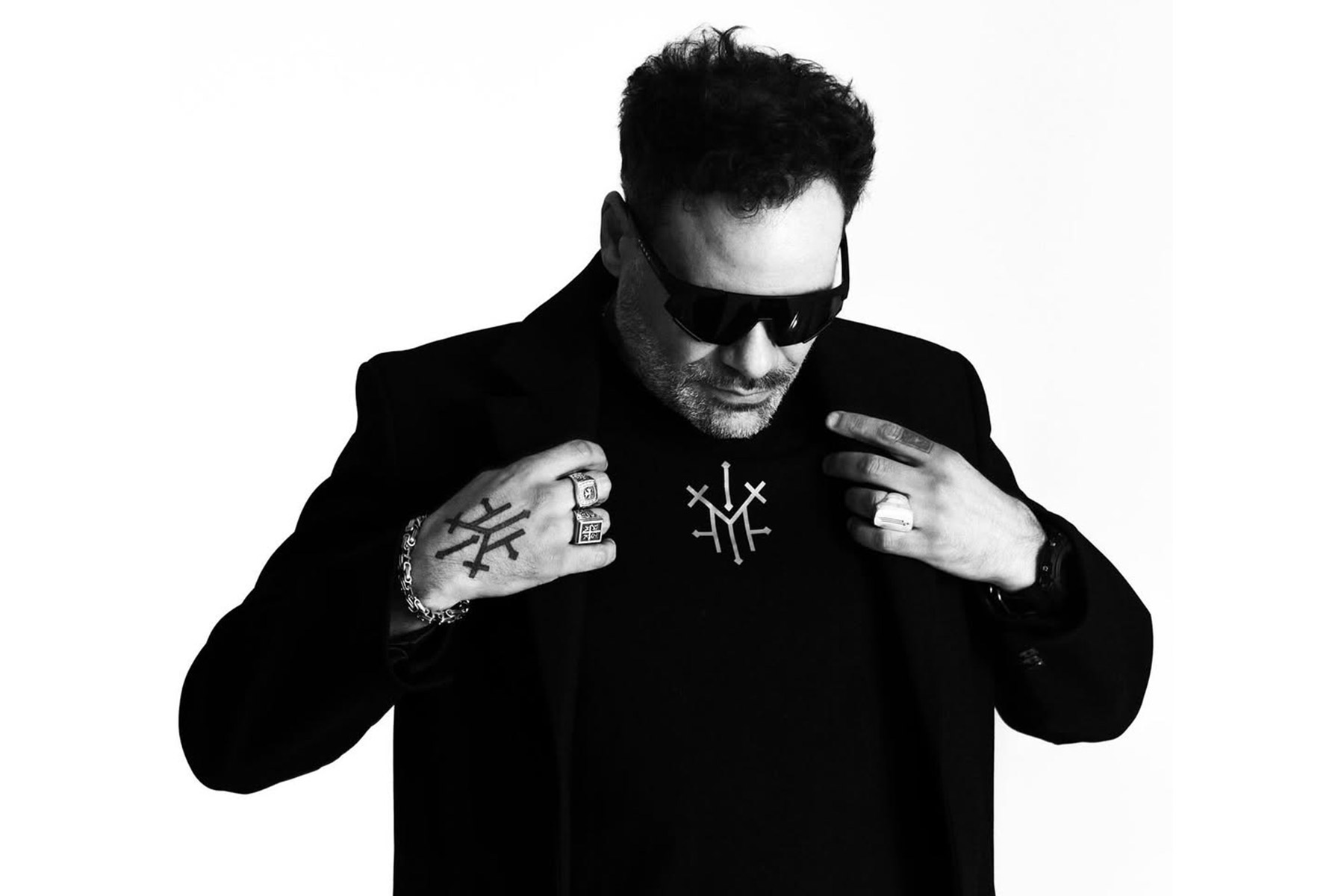Electronic dance music, often associated with parties and dance floors, has the potential to foster healing and enhance well-being. At first glance, this notion may seem far-fetched. You’ve even probably heard of the studies surrounding the tuning of musical instruments at 440hz versus 432hz, or generative music apps such as Endel. However, a growing body of significant scientific evidence suggests that electronic music can positively impact both physical and mental health.
Photo by tatonomusic on Unsplash
As music lovers and lifelong learners, we are fascinated by the potential of electronic music to promote healing and well-being. In this exploration, we will delve into the science behind the healing power of electronic music and examine the practical applications of this unique healing paradigm.
The Science Behind Healing
Music, regardless of genre, has long been touted for its therapeutic benefits. Studies have shown that music can reduce stress and anxiety, improve mood, boost cognitive function, and even alleviate pain.
Electronic music is thought to promote healing by activating the brain’s reward system, reducing stress hormones, and enhancing mood. A study published in the journal Frontiers in Psychology found that music therapy can be effective in reducing pain and improving mood in patients with chronic pain. Another study, published in Nature Neuroscience, found that listening to music can activate the brain’s reward system, releasing our favorite pleasure-inducing neurotransmitter: dopamine.
Electronic Music’s Unique Role
What sets electronic music apart here is its capacity to craft diverse moods and atmospheres. For example, soothing electronic melodies can be used to create a calming and relaxing atmosphere, while more upbeat electronic compositions can be used to energize and motivate individuals. Beyond this, electronic music can conjure immersive sensory experiences that facilitate mindfulness and the release of negative emotions.
For example, a study published in the journal Consciousness and Cognition found that listening to electronic music can help to induce a state of flow, a state of deep concentration and absorption that is often associated with positive emotions and enhanced performance.
Music Therapy in Practice
The practical applications of electronic music in healing are vast. Music therapy programs employ electronic sounds to assist individuals with a myriad of conditions, such as autism, Alzheimer’s disease, Parkinson’s disease, stroke, brain injury, pain management, and other mental health disorders. There are a variety of music therapy programs available, including individual and group sessions, both in-person and online. To find a qualified music therapist in your area, you can search the American Music Therapy Association website.
Music therapy can help to improve communication skills, motor skills, cognitive function, emotional regulation, and overall quality of life. A study published in the journal Autism found that music therapy helps children with autism spectrum disorder improve their social communication and interaction skills. Another study, published in the Alzheimer’s & Dementia Journal, demonstrates the capacity of music therapy to enhance cognitive function and alleviate behavioral symptoms in Alzheimer’s patients.
Understanding Frequencies
A well-known facet of this phenomenon revolves around the so-called “Solfeggio Frequencies”. Comprising six ancient musical tones, these frequencies (396 Hz, 417 Hz, 528 Hz, 639 Hz, 741 Hz, and 852 Hz) are purported to stimulate healing and transformative effects when experienced. Nevertheless, it is vital to underscore the dearth of concrete scientific validation endorsing the curative potential of these specific frequencies.
Binaural beats, a separate element of this arena, involve the juxtaposition of slightly varying frequencies in each ear, producing a perceived third frequency. Advocates argue that listening to binaural beats may induce various effects on the brain, including stress reduction, heightened focus, or relaxation. Although some studies have suggested potential benefits, such as aiding in meditation or alleviating anxiety, more extensive research is requisite to substantiate these claims.
Furthermore, proponents of healing frequencies often assert that certain musical frequencies may resonate with the body’s inherent frequencies, thereby fostering harmony and equilibrium. While music unquestionably possesses the ability to elicit emotional and physiological responses, the assertion that specific frequencies can directly heal or align the body still demands prudent scrutiny.
Notably, the placebo effect also plays a pivotal role in the perception of healing through music. Individuals may perceive benefits from music aligned with certain frequencies, irrespective of the paucity of scientific data corroborating such claims.
Exploring the Reality of Electronic Music’s Healing Power
Despite the challenges and limitations, the scientific evidence and practical applications suggest that electronic music’s healing power is real. However, it is important to note that electronic music is not a cure-all or a magic bullet. It is a tool that can be used to support healing and well-being, but it is not a replacement for professional medical care.
Ultimately, the best way to experience the healing power of electronic music is to explore what works best for you. Pay attention to how different electronic music compositions make you feel and identify the ones that have a positive impact on your physical and mental health. With a little experimentation, you can discover the unique healing potential of electronic music. If you are interested in learning more about electronic music and healing, or if you would like to try listening to electronic music for yourself, we encourage you to do so. There are many resources available online and in your community to help you get started. Below are some albums that we have found to be comforting, aid in mindfulness, and an overall sense of calmness.
EG Recommends:








